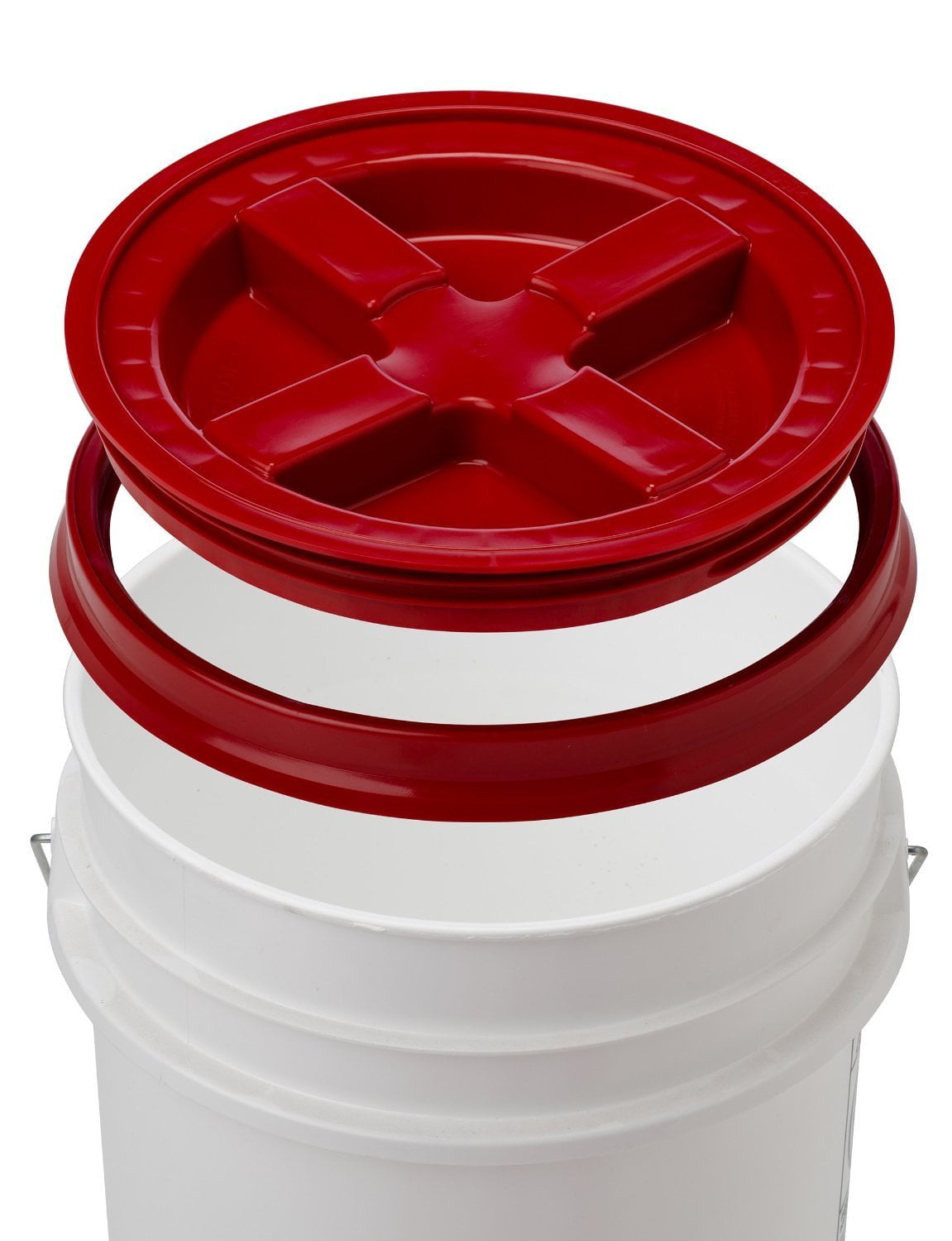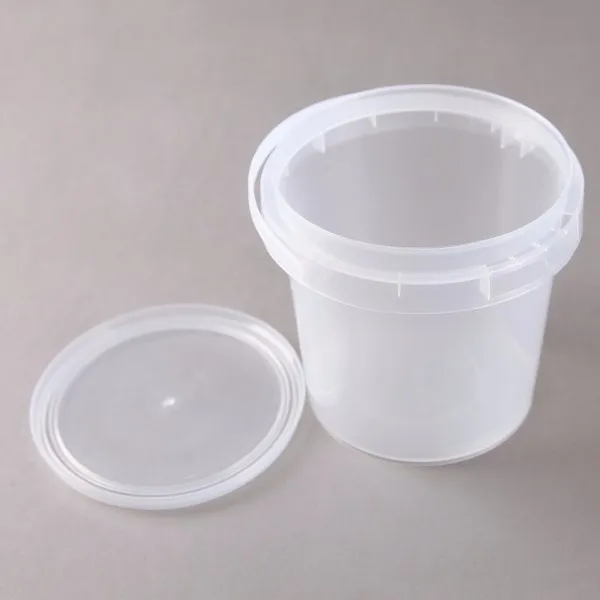
Since I get my oxygen absorbers from the LDS cannery and they are the 300CC type, I always put in 5 absorbers. You then make a diagonal seal across the corner. This permits you to squeeze out the excess air. This keeps me out of trouble.Īfter putting in the oxygen absorbers, I set the level across the top of the bucket and lay the Mylar bag against it. I got the cheapest iron they had at Walmart. I do not use my wife’s good iron since some mylar bags leave residue on the iron. The level is just the right length and thickness to make a good seal. I use an old two-foot metal hand level and an electric iron to seal the bags. If I open, the bucket to rotate the food this leaves me plenty of material to reseal the bag. You will notice that the bag is a lot taller than the bucket, rather than cut off the excess I seal it right on the edge. Fill the Mylar bag with your product to about two inches from the top of the bucket. First, open the Mylar bag and put it in the bucket. The other day I had to seal some popcorn and millet in Mylar bags and five-gallon buckets.
#FOOD GRADE BUCKETS WITH LIDS HOW TO#
How to seal food in 5-gallon food-grade bucketsįor detailed steps on sealing food in a 5-gallon food grade bucket, see this post. I’ve also found food grade buckets at Walmart, and you’ll also find them on Amazon. When I did this, they were very helpful and provided me with the information I needed. If you have any doubt, you may be able to locate the name of the manufacturer on the bucket itself and give them a call.
#FOOD GRADE BUCKETS WITH LIDS FOR FREE#
Most food-grade buckets I’ve purchased and have gotten for free are white. If you’re purchasing buckets, the store you purchase them from should tell you if there are food-grade or if they contained food products. Most of the time it is pretty easy to tell when you first get the free five-gallon buckets, the ones from the stores that held food normally need to be cleaned out. The one thing we always do with our buckets is mark them to show whether or not they are food grade. You can think of an excuse for needing them to protect your operational security. If you have friends that work in any of the above listed businesses, they are often good sources. Once people found out we wanted them they often saved them for us. We had our best luck at deli’s and bakeries. Here is a list of locations in which we found free five-gallon buckets. Sometimes the buckets would be in various sizes running from about one gallon up to six gallons. Not every store would give them to us, some recycle their buckets, but it was surprising how many would give them to you. The bakery and deli departments are the best places to get them. When I was in need of free five-buckets, I used to ask whenever I went to the supermarket. Ask and they will often give you a bucket or two. (They smelled really good!)īoth the nearest Sam’s Clubs and Costco have been good sources for buckets. When we obtained about 20 buckets from a grocery store bakery in Phoenix, they had been used to store pastry fillings and frosting for cakes.

The buckets often are not marked as food grade, but it’s almost certain they have been used for that purpose. They often will save them and give them to you for nothing. Check with your local bakeries and supermarkets first.

Where to find food grade bucketsįood grade buckets are easy to find and often can be obtained for free. For instance, the salt in brining may leach the chemicals out. I don’t know what affect the chemicals and dyes might have on my family or me.

Once you’ve used up the stored food inside, someone may decide to use it for storing fresh produce, brining, processing olives, or carrying water and may not think as to whether or not the container is safe for those purposes. The problem I have with non-food grade buckets is that in the future you have no idea what that bucket will be used for. It has nothing to do with the sanitary conditions under which they are made. The difference between food grade and non-food grade is the types of dyes used for coloring and the type of chemicals used to release the buckets from the molds. What is a food-grade bucket? Some buckets are labeled food grade. To the best of my knowledge, this is correct, because the food only touches the mylar bag, which is made from safe material. It just refers to how the bucket needs to be recycled.Īnother question I get on a regular basis has to do with lining buckets with mylar bags as a safe alternative in case the plastic isn’t officially food safe. This does not mean that it is food grade. One widespread rumor is that having the recycling number 2 in the small triangle on the bucket means it is food grade. How do you store your food-grade buckets?.How to seal food in 5-gallon food-grade buckets.


 0 kommentar(er)
0 kommentar(er)
